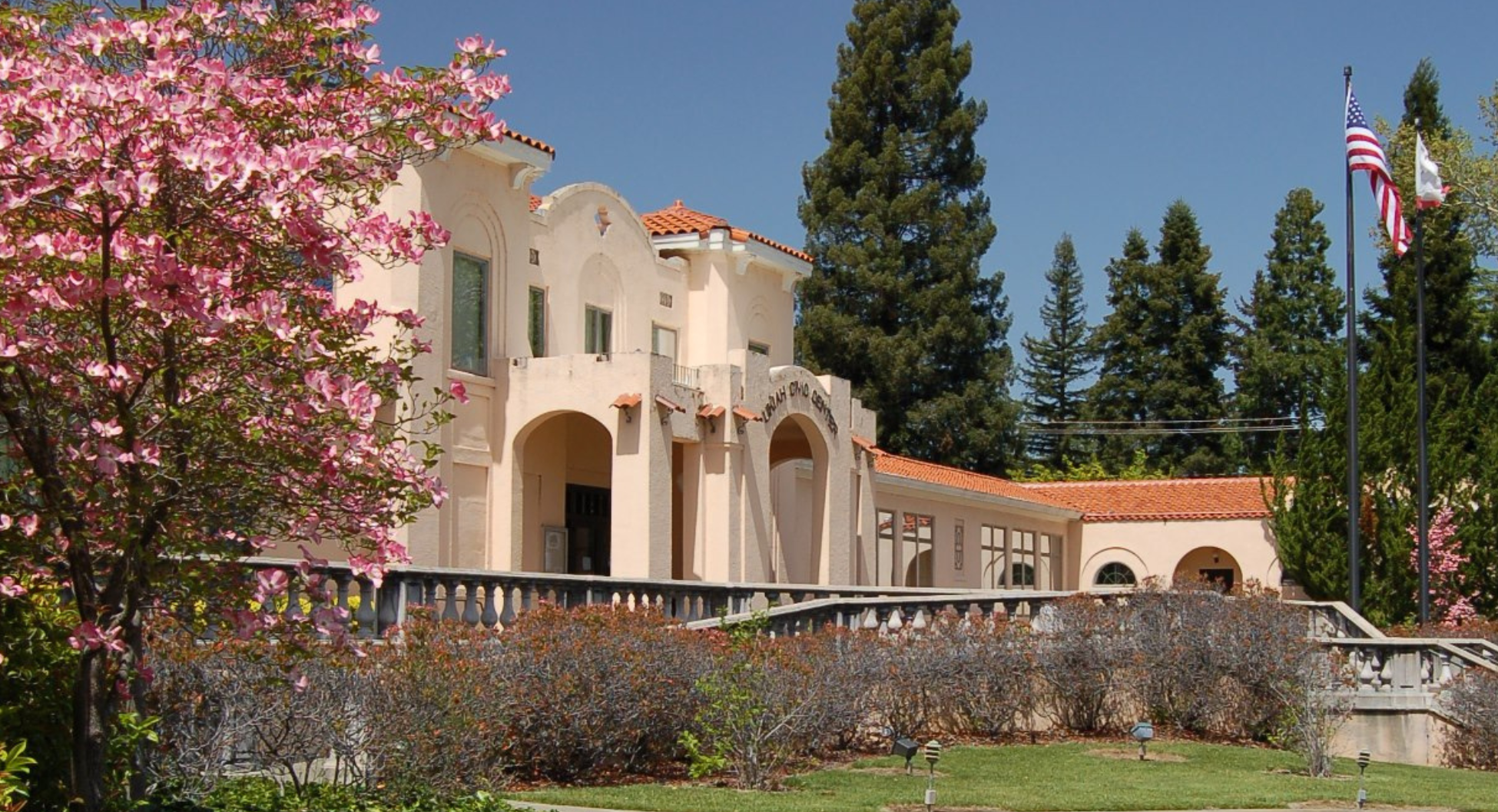I recently spent some time with the Ukiah city manager, Sage Sangiacomo, and a city council member, Doug Crane, to learn more about a proposed tax sharing and annexation agreement between the City of Ukiah and Mendocino County. Based on the agreement, ultimately, the new city limits could more than double the City’s current footprint. City limits could extend as far north as the Forks, south almost all the way to Boonville Road, and east to incorporate the subdivisions of El Dorado and Vichy Estates.
The details of the agreement are not easy to understand; it’s 17 pages of government-speak. But, the gist of it is that during the next several years, the City of Ukiah will annex land adjacent to its current borders and begin providing services such as utilities, law enforcement, and infrastructure in return for tax revenue; specifically, sales tax, property tax, and transient occupancy tax (TOT). Each incorporated city has its own agreement with the County.
Why this? Why now? Frankly, this feels like a Hail Mary pass by the County to offload some expenses while maintaining short-term revenue. The County is in dire financial straits (it’s virtually bankrupt), so it must do something. The current draft of the Ukiah agreement outlines a phased approach for revenue sharing whereby the County hands over the responsibility of providing services to the City before it lets go of all the accompanying revenue.
For the first year, the County keeps all the tax revenue. Then the percentage of revenue it receives drops each year by either 6.7% or 20% depending on the type of tax. After five years or so, the City receives the lion’s share of the revenue, as it should since it will provide all the services. I asked Sage and Doug to provide specific dollar figures, but they didn’t have them yet. To be fair, although revenue numbers are somewhat easy to calculate, the multi-year cost of providing services is not.
The tax sharing part of the agreement will only go into effect when specific property is annexed, which is scheduled to occur in phases. And, the City cannot annex high-revenue areas without also annexing high-expense areas. For example, if the City annexes the Raley’s Shopping Center that produces significant sales tax and property tax revenue, then it must also annex a low-income-producing such as the Fir Crest Apartments south of town, an area that doesn’t generate much tax income but does require services such as utilities, police and fire protection, and more. The City and County have laid out a grid covering most of the Ukiah Valley tying high-revenue and low-revenue areas together. So, if the City wants Area A, then it must also take Area B to keep things balanced.
The Mendocino Local Agency Formation Commission (LAFCo) must approve all annexations. LAFCo was created by State law in 1963 to help local agencies oversee jurisdictional boundary changes. All California counties have a LAFCo Commission.
The City hasn’t had any significant annexations for about 50 years. The prior annexations predate Raleys, the Fir Crest apartments, the Oak Manor subdivision, and the Vineyard View subdivision. Clearly, it is time to expand our city limits, and having a tax sharing agreement assures that when the City annexes property, the county doesn’t lose so much revenue that it can no longer function. This is why the agreement calls for taxes to be shared in annexed areas. The vast majority of taxes will rightly go to the City to pay for streets, law enforcement, utilities, etc., but some of the revenue will still go to the County.
I have two significant concerns about the way the City and County are proceeding: one is increased building regulation; the other is making sure there’s financial balance between city and county governments.
In a recent letter to the Ukiah Daily Journal, former Ukiah Mayor Mari Rodin lauded new regulations that would come with the annexation agreement, requiring developers to include curbs, gutters, and sidewalks as part of their projects. Those things are nice, but by shifting the entire cost of these amenities to developers, we’ll either see an increase in housing prices or less development—neither of which is good for Ukiahans.
Also, the County is giving up a lot of revenue. I understand they are also giving up the cost of providing services, but there’s been no analysis that can definitively compare the revenue generated versus the expense of annexed areas. This is a permanent agreement and it’s impossible to know what things will look like in 20 years.
My advice? Keep paying attention. The City and County will have many discussions in the coming months and years, and I expect, many public forums where city managers, county administrators, and elected officials from both sides will make better decisions if members of the public ask a lot questions starting with the phrase, “What if…?”
If you have questions about property management or real estate, please contact me at [email protected] or call (707) 462-4000. If you have an idea for a future column, share it with me and if I use it, I’ll send you a $25 gift certificate to Schat’s Bakery.


